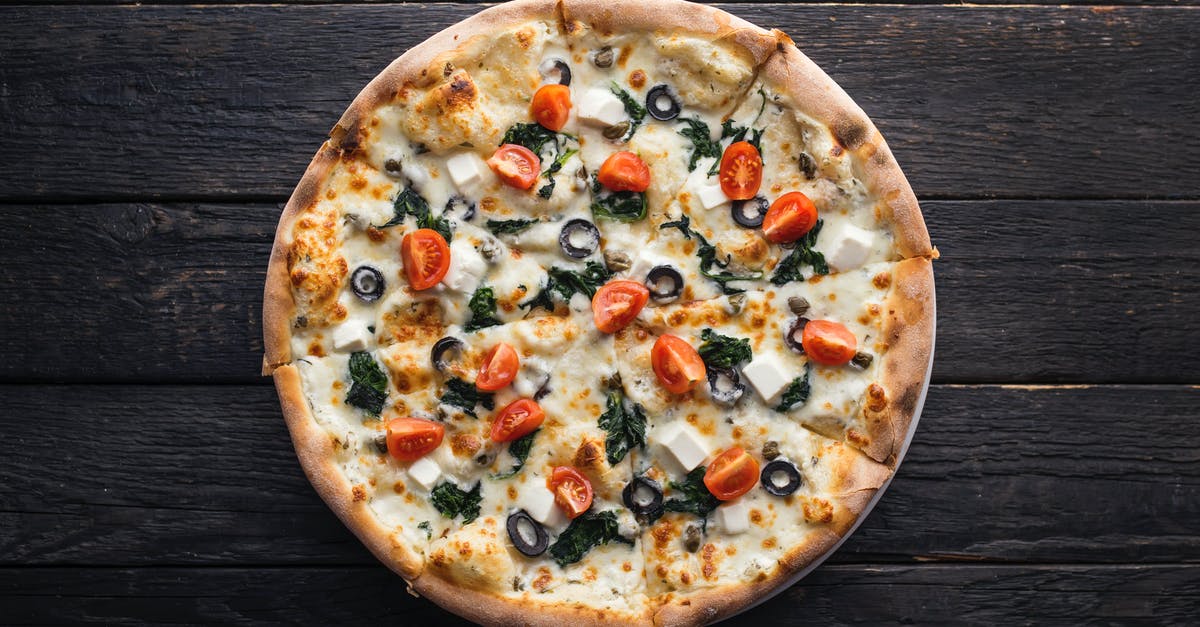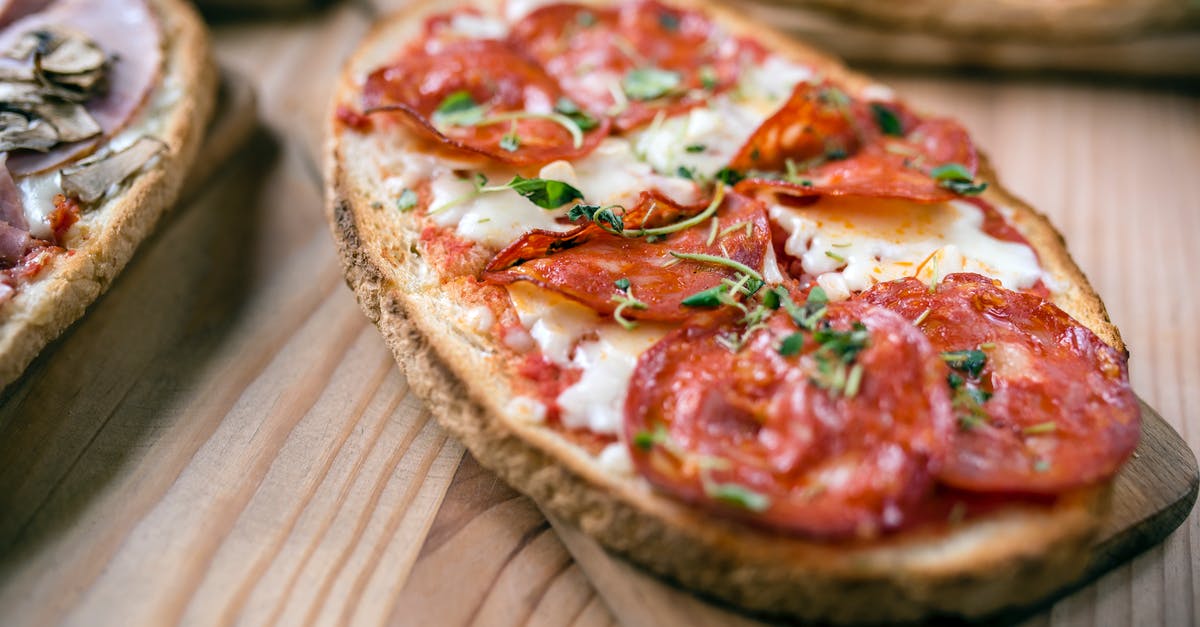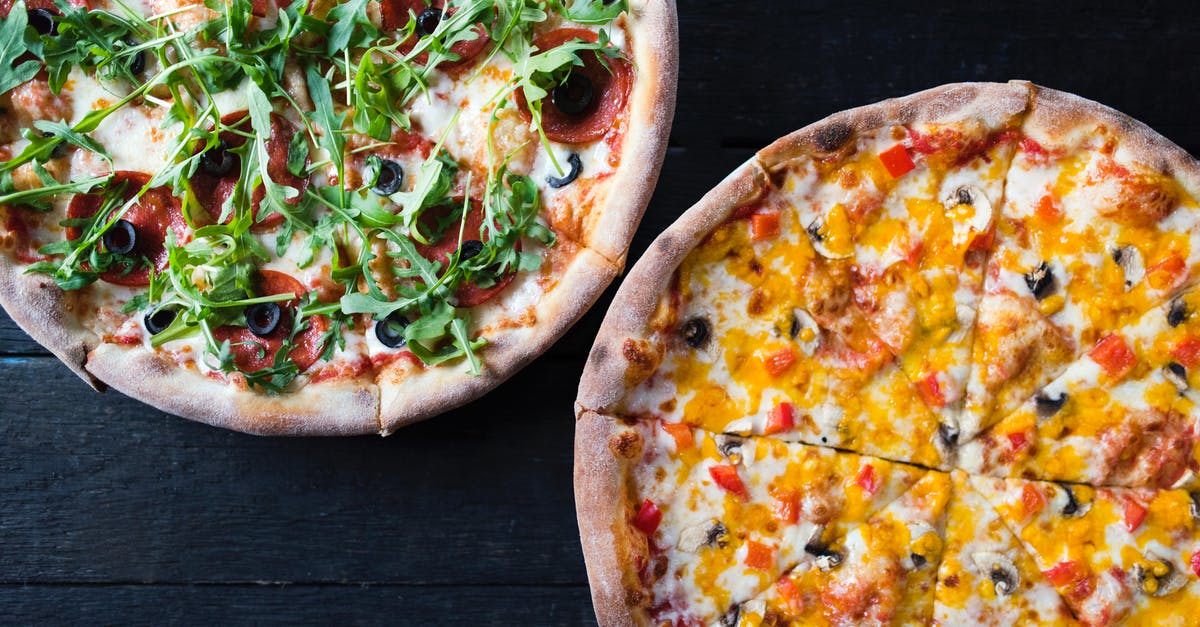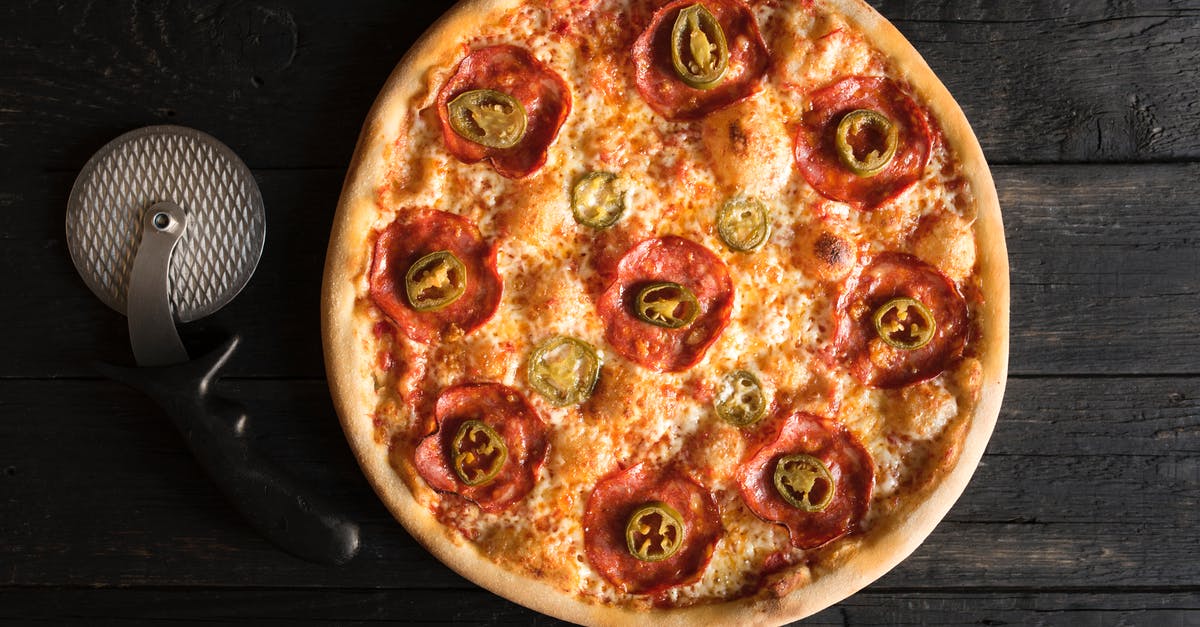Melting yellow cheese for savory pancakes or crêpes

Due to differences in cultures I will begin with explaining the terms I am going to use:
Savoury pancake - It is a normal pancake or a crêpe by US standards, but instead of being eaten with jam or similar sweets we instead use non-sweet ingredients like ham and cheese which are put on top of the (cooked) dough and subsequently rolled in it.
Yellow cheese or Kashkaval which is a specific type of cheese made from cow milk and/or sheep milk. It looks like this.
What we usually do is make a savoury ham and Kashkaval pancake. We do this by making the normal pancake mixture, pour it on the pan and when one side is ready we flip it, then we put the yellow cheese in a row on the middle of the now cooked side and while the other side is still cooking the cheese starts to melt. When the other side is almost done we add the ham on top of the cheese and wrap it all up.
My problem is that I want to add more cheese for a hefty snack. However adding more cheese means making the row thicker and sometimes not all the cheese melts. I am looking for a way to add more cheese while still getting it all to melt, that is why I thought maybe I could melt some cheese in a tiny pot and pour it onto the ready pancake but melting this type of cheese doesn't produce very good results and I don't think I can get my hands on processed cheese.
Best Answer
One simple option is to shred the cheese. The heat moves from the surface of the pancake into the cheese - so a thick slice has to melt all at once, and from the bottom up, and it may not melt in time. Grated or shredded cheese has a lot more surface area, and warms quicker, and traps heat in the air between the shreds, and so will melt much quicker than sliced or chunked cheese - even if the layer ends up being fairly thick. Also it will help if you sprinkle it all over the pancake instead of just a row in the middle - again more surface area, the better it melts.
Another option is to warm the cheese just a bit - even if it's just room temperature it will melt quicker than fridge temperature, which might make the difference depending on just how thick the layer you want is. Of course, there's nothing that says your bowl of shredded cheese can't be put somewhere a bit warmer, like next to the stove, so that it melts really quick when you sprinkle it on the pancake.
Another option, if you know you're only making sour pancakes, is to put some of the cheese into the batter to begin with - not all of it, or it will change the texture and cooking time by a lot, but some of the cheese can be added in without changing too much, and that means the amount added on top can be less, and so will melt quicker.
You might, depending on how runny your pancake batter is, even make filled pancakes - use just a little batter, half a pancake's worth or less, and quickly spread it thin, sprinkle on some of the cheese with your other hand, and immediately top with the second half a pancake's batter (spreading or dabbing it around as best you can), and flip immediately as you've probably been cooking the first side just a tad too long. Sprinkle more cheese if you want, or add the ham then. It will work best when the batter is a particular texture, runny enough to spread but thick enough to stay in place... the point is that if you're quick and careful it can be done it is just relentlessly fast and a lot of work.
Or you can make something more like quesadillas - pour the batter, add the cheese and ham, fold in half, and flip back and forth until the center is cooked (the outside won't overcook as much if you can keep flipping it, same basic principle as an omelet).
And, of course, you can make a processed cheese, or a cheese sauce - carefully shred or grate your cheese, add to a white sauce (fry flour and butter, add milk very gradually, add cheese gradually), and add as much cheese as you wish to make it as thick as you please. The cheese sauce can be poured when warm, or spread when cool, and if you folded in enough cheese it might even be slice-able when cold (this is how processed cheese slices work, cheese thinned just a bit with milk and butter) and again, it will melt much more easily than regular cheese.
And finally, you can warm the finished product. If you're making just one, turn off the stove as soon as you flip the pancake - the second side will cook in the residual heat, but it will take longer... more time for your cheese to melt without overcooking the second side. If you're making a few pancakes, you can fold them over and set them aside as you're cooking, and once you're done set them back on the (now turned off) stove once they're all made, and let the residual heat warm them up again... it shouldn't overcook too much since the heat is lower and tapering off, but it should warm them enough to help melt any last cheese (already warmed by the pancake). And if you're making lots, turn on the oven (or have a pan on very low heat on the other side of the stove), to put the mostly-finished pancakes in, so they can finish warming and melting while you're cooking a whole batch, and you can serve them all at once.
Pictures about "Melting yellow cheese for savory pancakes or crêpes"



How do you melt cheese for pancakes?
Pour all the batter into the frying pan. When the underside is golden brown and small bubbles appear flip the pancake. Cover inmediately with the cheese to give it time to melt. Whent the underside is golden, remove from the pan to a plate.Do you put cheese in pancakes?
How much cheese to add to your pancake batter. It's simple: For every cup of flour in your batter recipe, add \xbc to \xbd cup of cheese, either in dollops, shredded, or even diced. If you want to use a hard intensely flavored cheese like parmesan for an umami bump, add 1-2 tablespoons of grated or shredded per cup of flour.How to Make The BEST Easy Nacho Cheese Recipe
More answers regarding melting yellow cheese for savory pancakes or crêpes
Answer 2
The method that you describe says you put all the cheese in a row, if you make that row thick it's going to have a hard time melting. Instead of a thick line spread the cheese out evenly across the whole pancake, maybe keeping about 1cm of edge free of cheese to help reduce oozing after rolling.
Answer 3
However adding more cheese means making the row thicker and sometimes not all the cheese melts. I am looking for a way to add more cheese while still getting it all to melt
One thing you can do is to cover the pancake after adding the cheese. I often cook hamburgers on a flat griddle, and if I want to make a cheeseburger I'll add cheese after flipping the burger, and then cover the burger with a pot lid that's tall enough that it doesn't touch the burger. Enclosing the burger with the pot lid causes some heat to build up and helps the cheese melt more quickly. It only takes 10 or 15 seconds for the cheese to melt on a burger, but it might take a little longer for your pancake since you probably cook pancakes at a lower temperature.
Another option is to give the pancake a few seconds under a broiler at the end of cooking. If you cook the pancakes on a small griddle, you can just move the whole thing into the oven under the broiler when the pancake is close to done.
A third option is to employ a blow torch. A small butane or propane torch applied judiciously would make quick work of the cheese, and because the pancake is full of air bubbles and therefore a pretty good thermal insulator, the pancake itself will be mostly unaffected. If you're only making a few pancakes one of the other options will probably be preferable to pulling out a torch, but if you were making pancakes with extra cheese for a lot of people, the torch could be the way to go.
Answer 4
I'm going to take something from Megha's answer and go a bit further.
I think what you want is a quesadilla. A crêpe (which is the kind of pancake I think you're referring to) is very similar to a tortilla, except that it made from a runny batter and is somewhat more at risk to overcooking and burning. It's also a lot floppier, which means that it is not going to stand quite as much cheese or similar ingredients without being damaged, particularly if you are going to transport these.
Tortillas are very easy to make, no more difficult than a crêpe really, and ultimately have a similar flavor profile if you're going the savory route. They can also be prepared in advance if you choose (either the dough can be prepared and frozen, or the tortilla can be cooked and frozen), or prepared right then; it will take a few minutes more than a crêpe to prepare, but not that much (particularly as they have fewer ingredients).
Quesadillas can be very cheese-heavy, and can of course have any number of other ingredients in them, similar to what you list above (or even steak and heavier things). They're commonly eaten in the hand and are very easy to transport since the tortilla is very sturdy.
Other than that, the way you put the cheese on them is similar. You can make a row if you want, or if you want more cheese you can shred it and sprinkle it all over (or just make thinner chunks, you don't have to shred it). Quesadillas have the advantage that they can cook for far longer than a crêpe, if you choose (though they don't have to cook all that long). They will simply brown, as long as you don't do it at too high of a temperature (so long as the fat you cook it in doesn't burn). And, they can be flipped repeatedly without risk of breaking.
Answer 5
Use a microwave to pre-heat the cheese. You'll need to experiment with timings for your cheese/quantities/microwave, but it's easy enough to microwave cheese until it's almost melting but not quite. Then chuck the hot cheese on the pancake.
One drawback to this becoming a "hefty snack" is that unless your cheese holds together when cooked (like halloumi), most of it is going to make a break for freedom out of the bottom of the pancake as soon as you pick it up! If you fold the pancake like a tortilla wrap then it will probably leak less, but you'll still have the problem of most of the cheese ending up at the bottom of the rolled-and-folded pancake. Whether this concerns you is your call, of course.
Depending on your cheese, you may also have problems with the melted cheese separating and the pancake leaking oil. Cheddar is particularly prone to this. Some cheeses don't though (which is why pizzas use mozzarella; half-fat cheddar also works) so it'll depend on how Kashkaval behaves. I'm afraid it's not a cheese I've used myself.
Answer 6
Rather than melting just a handful of cheese, you might consider making a cheese sauce. Simply make a roux of butter and flour, add cold milk slowly while whisking, then add grated cheese in sufficient quantity until the desired cheesiness is reached.
Answer 7
I'm not familiar with the type of cheese you're using, but based on the picture in the Wikipedia article it looks like a dry, high-protein content cheese similar to Parmesan or Gran Padano. These cheeses have a higher melting point than most. You may have better luck switching to a different cheese type, e.g. a cheddar, mozzerella, or maybe even a soft cheese like Brie or Camembert. See also: The Science of Melting Cheese.
Sources: Stack Exchange - This article follows the attribution requirements of Stack Exchange and is licensed under CC BY-SA 3.0.
Images: Piotr Arnoldes, Piotr Arnoldes, Piotr Arnoldes, Piotr Arnoldes
